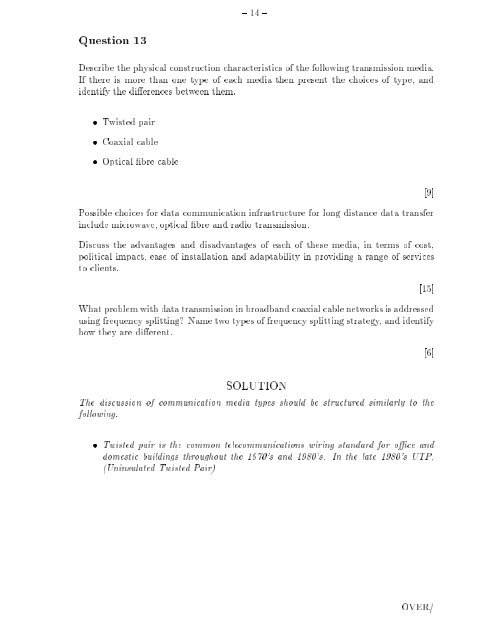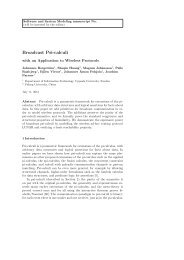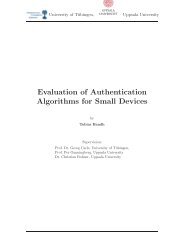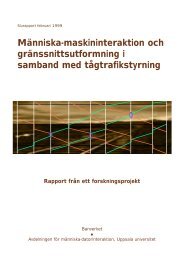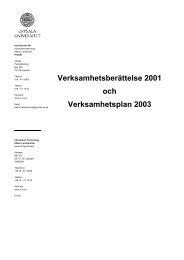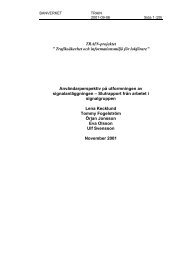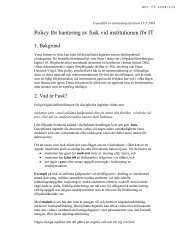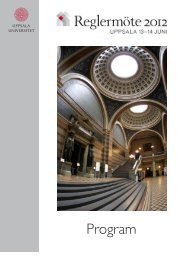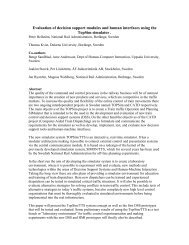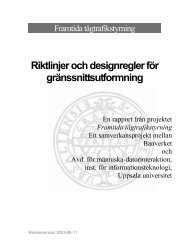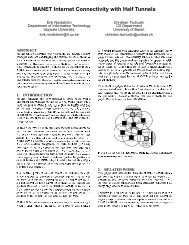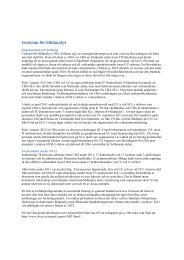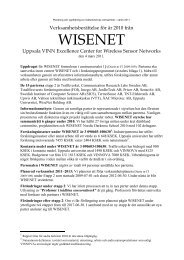Final Examination Data Communication and Networks ...
Final Examination Data Communication and Networks ...
Final Examination Data Communication and Networks ...
You also want an ePaper? Increase the reach of your titles
YUMPU automatically turns print PDFs into web optimized ePapers that Google loves.
{14{<br />
Question 13<br />
Describe the physical construction characteristics of the following transmission media.<br />
If there is more than one type of each media then present the choices of type, <strong>and</strong><br />
identify the dierences between them.<br />
Twisted pair<br />
Coaxial cable<br />
Optical bre cable<br />
Possible choices for data communication infrastructure for long distance data transfer<br />
include microwave, optical bre <strong>and</strong> radio transmission.<br />
Discuss the advantages <strong>and</strong> disadvantages of each of these media, in terms of cost,<br />
political impact, ease of installation <strong>and</strong> adaptability inproviding a range of services<br />
to clients.<br />
What problem with data transmission in broadb<strong>and</strong> coaxial cable networks is addressed<br />
using frequency splitting? Name two types of frequency splitting strategy, <strong>and</strong> identify<br />
how they are dierent.<br />
[9]<br />
[15]<br />
[6]<br />
SOLUTION<br />
The discussion of communication media types should be structured similarly to the<br />
following.<br />
Twisted pair is the common telecommunications wiring st<strong>and</strong>ard for oce <strong>and</strong><br />
domestic buildings throughout the 1970's <strong>and</strong> 1980's. In the late 1980's UTP,<br />
(Uninsulated Twisted Pair)<br />
OVER/


